How to Acidify Soil

Soil serves a dual purpose for plants: on the one hand it acts as an anchor for their roots, and on the other it provides everything they need to live, such as water and nutrients. Soil has a number of physical and chemical properties that affect its fertility.
One very important chemical property is pH, which indicates the acidity or alkalinity of the soil’s liquid component, namely the water present in its pores and all the substances dissolved in it. Let's find out why soil’s pH is vital for garden and allotment plants, when it may be necessary to lower it by acidifying the soil, how to do it, and what benefits this provides.
Soil pH: acidic soils and alkaline soils
In chemical terms, soil pH indicates the concentration of positive hydrogen ions (H+) in its liquid component. The pH value depends not only on the type of soil, but also on the surrounding climate: rainy areas are characterised by acidic soils, whereas in arid areas the soil is more alkaline. Unlike rain, which tends to acidify soil, the mains water you use for watering plants is usually calcareous (hard) and makes the soil less acidic.
Soils can be divided into acidic, neutral and basic (alkaline) based on their pH:
-
Strongly acidic with pH lower than 5.5
-
Acidic with pH between 5.5 and 6
-
Sub-acidic with pH between 6 and 6.8
-
Neutral with pH between 6.8 and 7.3
-
Sub-basic with pH between 7.3 and 8
-
Basic with pH between 8 and 8.5
-
Strongly basic with pH higher than 8.5
If you know a soil’s pH, you can find out which plants it is most suited to and what nutrients it may be deficient in.
Soil pH actually affects several factors, including:
-
The availability of many plant nutrients, i.e. the soil’s chemical fertility.
-
The population of micro-organisms and their activities, which involve decomposing organic matter (for example, bacteria prefer sub-basic pH, whereas fungi prefer acidic pH).
You can measure soil pH using litmus paper bought from your local pharmacy, or an electronic pH meter, which you can find online or in aquatic pet stores. You can also use the same equipment to measure the pH of the water that you use to irrigate your garden or vegetable patch.
When it comes to soil pH, plants have different levels of tolerance and adaptability.
Most vegetation grows between the pH range of 5.5 to 8.2; in particular, values between 6 and 7.5 are most suitable for garden vegetables. By contrast, several ornamental species prefer an acidic or very acidic pH: for example the rhododendron, azalea or hydrangea.
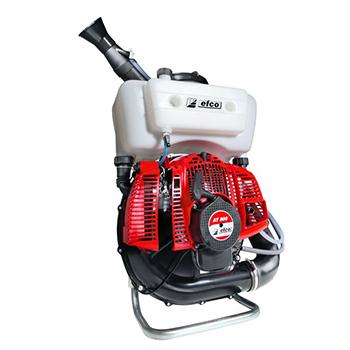
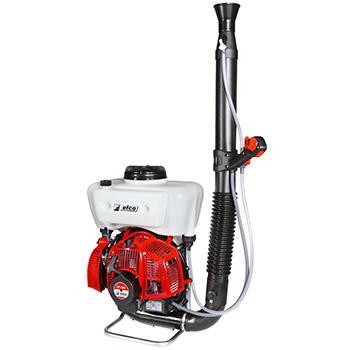
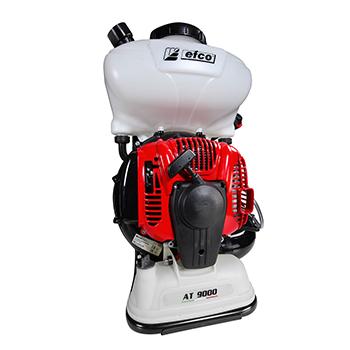
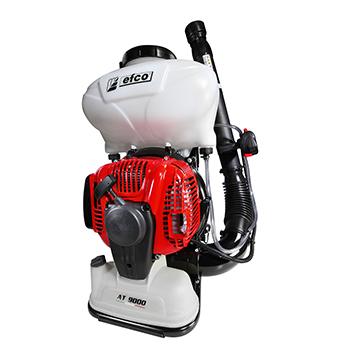
Why acidify soil
Can you correct the pH of an alkaline or acidic soil? Yes, bearing in mind that soils have a buffering capacity that allows them to resist changes in pH over time, by restoring the pH to its original value. So, once you have corrected the pH, you should periodically check it and, if necessary, take steps to maintain it at the appropriate value for your plants.
Alkaline soils suffer from a lack of certain macro- and micro-elements that are essential for plants: phosphorus, iron, boron, manganese, copper and zinc. Iron, for example, is vital for many metabolic processes and especially photosynthesis. As the pH increases, iron becomes less soluble and therefore less available for vegetation: in alkaline soils, iron deficiency in some plant species is identifiable by the yellowing of leaves (ferric chlorosis).
Why acidify soil? Acidification counteracts the problems typically caused by alkaline soil, by facilitating the absorption of substances important for the health of the vegetable patch and garden, but which are not easily available in alkaline soil, namely iron, manganese, boron, copper and zinc.
How to acidify soil
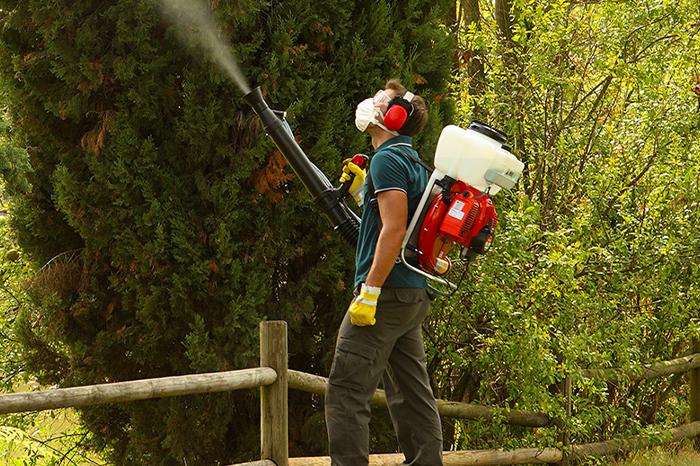
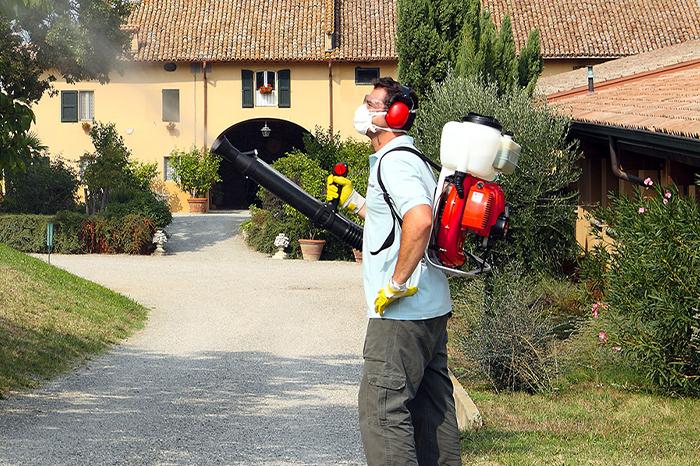
You can acidify soil when the pH is above 8, i.e. very alkaline, which means that it is not very suitable for cultivation. If you are treating a large area you can sprinkle it with calcium sulphate (plaster of Paris), which must be wetted to dissolve it. To acidify smaller areas (around 100 m2), you can use sulphur, which must be mixed with the substrate and then watered.
If you have neutral or alkaline soil but want to grow acid-loving (ericaceous) plants, you can grow them in pots using a specific substrate for ericaceous plants, such as peat-based compost. Or, if you prefer to grow them on the ground, you can always replace the original soil with ericaceous compost. Likewise, peat is also suitable for acidifying soil on a small vegetable patch.
We already mentioned that water from the mains supply raises the pH of soil, i.e. neutralises its acidity, especially if it is in plant pots. We also mentioned soil’s buffering capacity, which tends to restore its original pH condition: this effect also occurs after you add peat to an alkaline soil. That's why, for your ericaceous plants—whether grown in containers or in the ground—every year it is better to mix new peat into the soil and fertilise with sulphate-based products, such as iron sulphate. Generally speaking, once the soil pH has been corrected it must be monitored and maintained.
You can also buy acidifying fertilisers for foliar application, which are sprayed onto the plants with a mistblower. For this purpose Efco supplies two professional backpack mistblower models: the AT 8000 and the new AT 9000, which delivers up to 3.5 l/min of treatment at a maximum range of 18 metres horizontal and 16 metres vertical. You can find Efco backpack mistblowers from your trusted dealer: find the nearest stockist.
Finally, even organic substances have an acidifying effect, so you could try acidifying your soil using a mulch made from vegetable residues such as leaves, conifer needles, grass clippings and straw, or alternatively mix manure, wood sawdust or coffee grounds into your soil.



